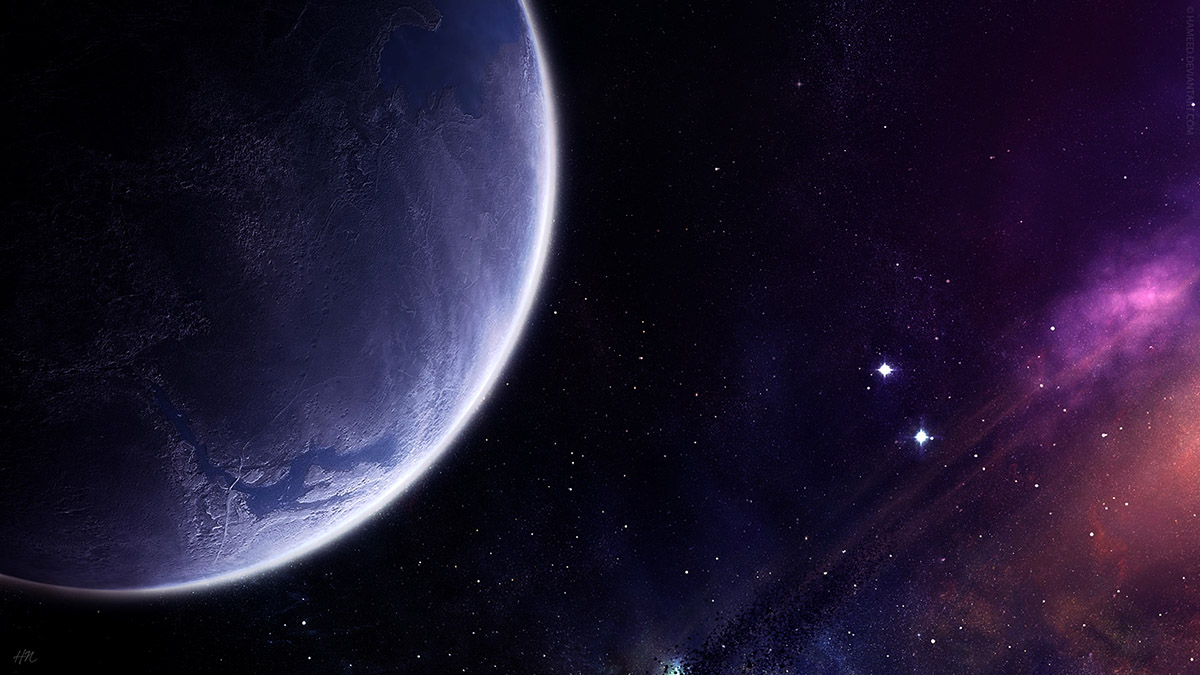how one planet shows an indirect glimpse of our future and the fermi paradox

Last year, the Kepler telescope discovered a planet which seems to be pretty much the closest thing to Earth we’ve ever detected. Kepler-452b is a world roughly five times as big as ours, with twice the gravity, a very similar home star to our own, an its atmosphere indicates that photosynthetic life forms appeared on this planet, they would easily thrive. Even a rough estimate of its likely average temperature puts it right in line with Earth. Given almost everything we know about life, there seems to be pretty much no reason why Kepler-452b isn’t home to something living, and possibly quite complex. Or rather, when we consider that its star is 1.5 billion years older than the Sun, wasn’t. You see, as stars like our own get older, they put out more and more heat, and Kepler-452 is giving off 10% more energy than we receive in a similar orbit, which means that if it were any less massive, it would turn into something akin to Venus as all of its water would evaporate, causing a runaway greenhouse effect. It will still happen, but in 500 to 900 million years from now, as its parent star gets even hotter.
Were Kepler-452b anything like Earth and followed a similar evolutionary history, our civilizations missed each other by 1.5 billion years, more than the timeline of complex, multicellular, animal life on our world three times over. That’s one of the key contributors to the Fermi Paradox, the idea that if alien life, especially intelligent life, was everywhere, we should have found it by now since there would be so many potential species to discover. But not only is intelligent life a very broad term and it could be argued that there are many intelligent species on our planet, and that intelligence itself as a biological construct is a spectrum, it’s unlikely that the kind of intelligence able to, and interested in, talking to us is all that common. And as we can see in this scenario, there’s also the potential for a massive mismatch in the time a planet in the habitable zone has optimum conditions for life since whatever is now happening on Kepler-452b is going to happen to Earth in roughly the same timeframe, although we would succumb to the runaway greenhouse effect a lot earlier lacking the mass and atmosphere to absorb and radiate excess heat from a larger, hotter Sun.
Basically, when we look at this world, we’re seeing our distant future. We probably won’t know anytime in the foreseeable future whether anything evolved on this planet, much less whether that something in intelligent, not only due to the basic limitations of SETI techniques, but because the planet is some 1,400 light years away, making it extremely difficult to image, even with the largest and most powerful planned telescopes. And we could only speculate about what creatures could’ve evolved on Kepler-452b and what chance they had over hundreds of millions of years to adapt to a warmer and warmer sun. Perhaps, a billion years ago, there was an intelligent and curious species that built vast cities and looked up at the sky wondering if anyone like them was out there, maybe even looking towards the Sun to see Earth in a muted beige, gray, and green palette, covered with volcanoes and oceans filled with iron, concealing simple life that would evolve into the first simple animals half a billion years later. When on this blog I talk about the potential massive mismatches between civilizations, this is exactly what I’m talking about, and here is a plausible example with two real worlds…





